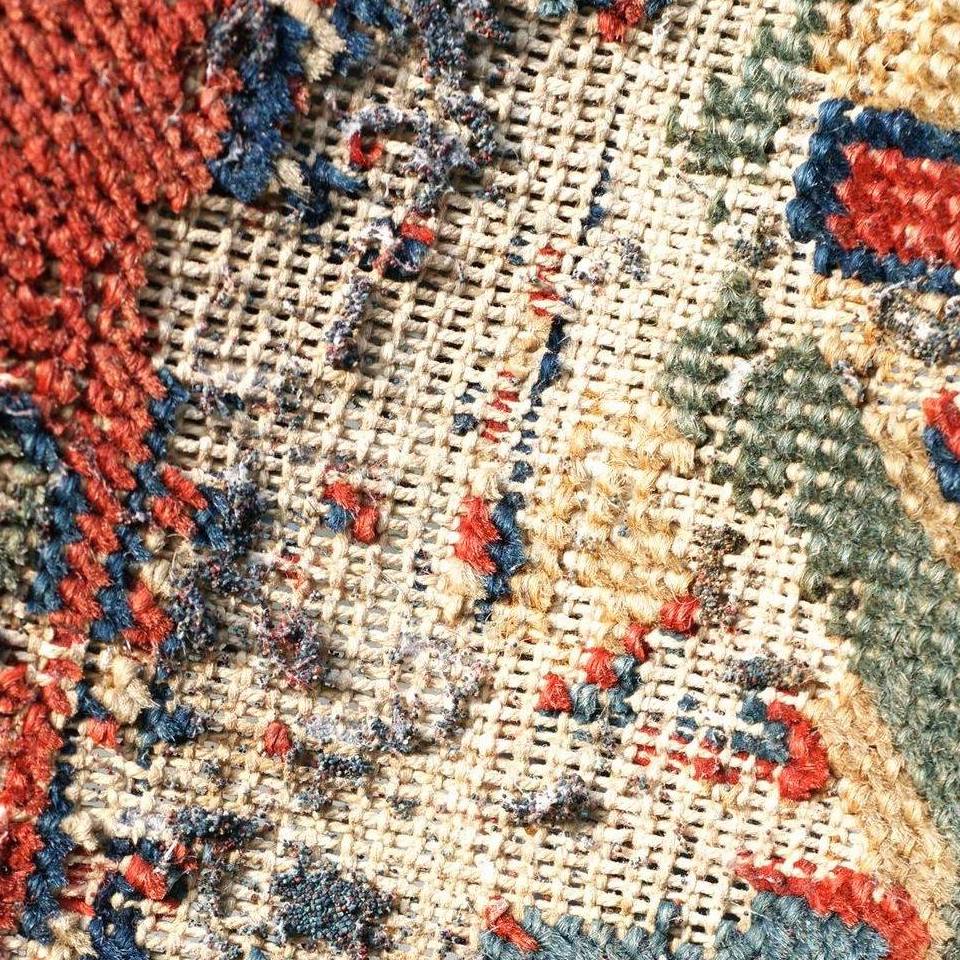Get Rid Of All Moth Species With Briarquest
Most of us have seen moths at some point, and in general, these encounters are perfectly harmless. There are more than 2500 different species of moths found in the UK, and most of them have limited interaction with humans.
Even if they do come inside, most moths will leave of their own accord. Only some species, such as common clothes moths, also known as carpet moths, case-bearing clothes moths and Indian meal moths, also known as pantry moths, are considered pests.
That’s because these moths eat either natural fibres or dried foods, and can cause contamination and extensive damage to your household fabrics. Clothes moth damage can be incredibly expensive to repair, as they can eat through carpets, clothes, curtains, soft furniture and more.
Thankfully, help is at hand for homes and businesses throughout Scunthorpe, Grimsby, Hull and the surrounding area.
Alongside moth control, Briarquest also gets rid of a range of insects, including bird mites, carpet beetles, ants, bed bugs, cluster flies, fleas, cockroaches and more.
To book your moth treatment and return to a pest-free environment, call 01724 376330.

Trust Briarquest For Expert Moth Control Across Scunthorpe And North Lincolnshire
Signs Of A Moth Infestation
Adult moths are relatively large insect pests, so they’re usually easy to see. However, you might not notice that you have a pest moth species and that you have an infestation until it’s too late. Some early signs of moth activity include:
- Holes In Fabrics: If you have a clothes moth infestation, then you might notice uneven holes in your clothing, curtains, carpets and other fabrics made from natural fibres, or that are synthetic fibres blended with natural materials.
- Larvae: Moth larvae, also known as ‘woolly bears’, are distinctive and white, fluffy insects that often crawl across carpets, clothing, wardrobes and other surfaces in your home.
- Silk Tunnels: Once the larval stage is over, moths will spin silk tunnels, and these might be noticed attached to clothes or in your carpets.
- Moth Eggs: Moth eggs are even smaller than larvae, but they’re often laid in large clusters, so you might see them on your fabrics or, in the case of pantry moths, inside food containers or cupboards.
If you notice any signs of moths, then you need to act quickly. Contact us to get rid of your moth infestation with the help of our experts.
Book Your Expert Moth Treatment Today

When you notice moths, you might think that the adults are the most annoying. However, there are four moth life cycle stages: egg, larva (caterpillar), pupa (cocoon), and adult. The larval stage is where the insects are the most destructive.
That’s because moth larvae need a lot of protein to create a cocoon and transform into adult moths. As such, they eat almost constantly during this stage.
Unfortunately, once moths have found a reliable food source, they won’t go away on their own, so you need to be proactive and get rid of them before they cause extensive damage to carpets, clothes and other fabrics throughout your property.
While it might seem more affordable to try to treat the most infestation yourself, most DIY moth control products aren’t effective and can be toxic to children or pets. As such, it’s important that you contact a pest expert like Briarquest.
When you work with us, you’ll get the benefits of our extensive experience getting rid of moths of all types and life cycle stages. Our team are RSPH Level 2 Certified, so we have access to insecticides that can kill adult moths and larvae instantly, which aren’t available to the general public.
Call 01724 376330 to find out more and book your appointment today.
